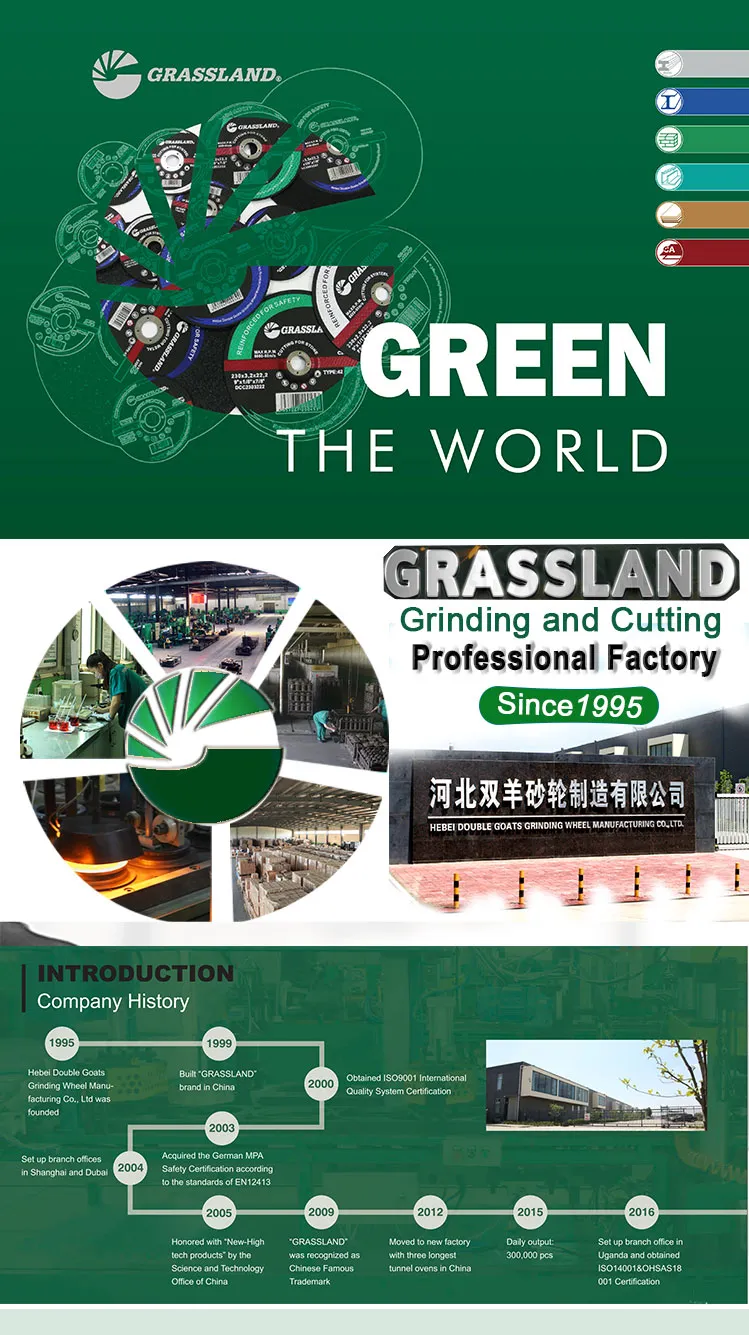

The success of a cutting disc doesn't just rely on its primary materials, but also on the advanced manufacturing processes involved. High precision in grain distribution is critical; evenly spaced abrasives ensure uniformity in cutting depth and speed. Additionally, the sintering process at controlled temperatures consolidates the disc, enhancing its structural integrity. Moreover, developments in technology and materials science have introduced innovations like thin cutting discs. These offer quicker cuts, minimal material waste, and reduced energy consumption. Such advancements present significant benefits across industries - from automotive and construction to metal fabrication and art. Selecting the right cutting disc requires expertise and, with continuous developments, keeping abreast of the latest material innovations helps maintain an edge in performance and sustainability. Users should always consider factors such as the nature and thickness of the material being cut, the power of the equipment used, and the desired finish quality. Safety is paramount when using cutting discs. Ensuring the disc is free from damage, correctly mounted, and chosen for the specific application prevents accidents. Consistent inspections and adherence to manufacturer recommendations foster trust and reliability during operations. In conclusion, the efficacy and safety of cutting discs derive from the careful selection of abrasive materials, precise bonding agents, and robust reinforcement, all rooting from deep expertise in material science. Trusting well-established brands and investing in quality discs translate to superior cutting performance, award-winning efficiency, and above all, ensuring safety in every cut.
Post time:Jan - 17 - 2025

















